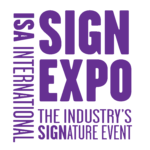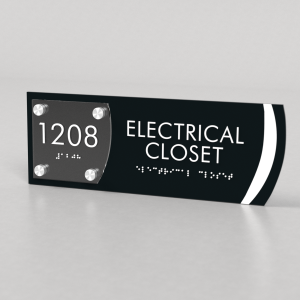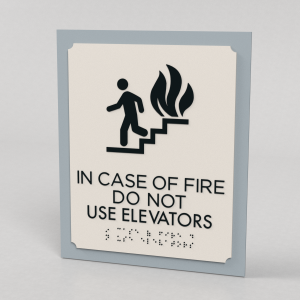Upcoming Updates to ICC Sign Contrast Regulations
Proposed changes to the upcoming International Code Council’s standards, A117.1, positively impact the sign, graphics and visual communications industry by establishing the color contrast ratio for visual characters at 65 percent. The proposed changes come after years of work by the International Sign Association and the Society for Experiential Graphic Design (SEGD).
Pending approval in a formal balloting process, the changes would be released in the 2025 ICC standard and likely will be adopted in the International Building Code (IBC) when updates are released in 2027. Because IBC adoption occurs on a state-by-state basis, enforcement of any new rules within the 2025 ICC A117.1 standard will likely begin in 2027 and take several years to be fully implemented.
Recorded Webinars
ISA recently hosted two webinars to explain more about the potential changes and the impact on signs and design:
- Solving the New Sign Contrast Formula: What Sign Manufacturers Need to Know About the A117.1 Accessibility Standard
Access Webinar - Solving the New Sign Contrast Formula: What Sign Designers Need to Know About the A117.1 Accessibility Standard
Access Webinar
Light-on-Dark or Dark-on-Light Contrast Rule
“Light-on-dark” or “Dark-on-light” has been the rule for accessible sign contrast since the standards were written in 1991.
The standards state that characters “shall contrast with their background with either light characters on a dark background or dark characters on a light background.”
Background: 1990 ADA Standards
“Light-on-dark” or “Dark-on-light” has been the rule for accessible sign contrast since the standards were written in 1991.
The standards state that characters “shall contrast with their background with either light characters on a dark background or dark characters on a light background.”
Yet, “Light-on-dark” or “Dark-on-light” are subjective and difficult (if not, impossible) to measure.
Guidance released in 1991 also suggested suggested that all signs, without exception, would benefit from a 70% contrast ratio. The guidance stated that signs are more legible “when characters contrast with their background by at least 70 percent.”
But this guidance was voluntary and not a mandatory rule, and certain sign materials, production techniques, or color combinations presented challenges to obtaining accurate measurements or maintaining a 70% contrast ratio (ex. multiple colors used on a single sign).
Both images courtesy of Erie Custom Signs
70% Contrast Ratio had been Suggested for All Signs
Guidance released in 1991 also suggested suggested that all signs, without exception, would benefit from a 70% contrast ratio. The guidance stated that signs are more legible “when characters contrast with their background by at least 70 percent.”
But this guidance was voluntary and not a mandatory rule, and certain sign materials, production techniques, or color combinations presented challenges to obtaining accurate measurements or maintaining a 70% contrast ratio (ex. multiple colors used on a single sign).
Moving Forward: A Consensus on 2024 ADA Standards
Because “Light-on-dark”/“Dark-on-light” is hard to measure and not all signs could easily maintain a 70% contrast ratio, advocates from the International Sign Association (ISA) and SEGD have been working to find a better rule since 1992.
Industry stakeholders, including inspectors, disability advocates, building owners, and the sign industry, worked together on the ICC’s A117.1 committee for more than thirty years (six code cycles) to achieve the necessary consensus to write a better rule.
Consensus for a new rule was finally reached in April 2024.
A new 65% contrast ratio rule improves upon the 70% guideline that was included in the 1991 version of the building code.
Because “Light-on-dark”/“Dark-on-light” is hard to measure and not all signs could easily maintain a 70% contrast ratio, advocates from the International Sign Association (ISA) and SEGD have been working to find a better rule since 1992.
Industry stakeholders, including inspectors, disability advocates, building owners, and the sign industry, worked together on the ICC’s A117.1 committee for more than thirty years (six code cycles) to achieve the necessary consensus to write a better rule.
Consensus for a new rule was finally reached in April 2024. This proposed new rule will be subject to formal balloting in November 2024; if approved in the formal balloting, the new sign contrast rule will be published in the 2025 A117.1 standard.
A new 65% contrast ratio rule improves upon the 70% guideline that was included in the 1991 version of the building code.
Pending approval with the formal balloting, the 2025 ICC A117.1 standard for sign contrast can be summarized as follows:
- 65% contrast ratio required between the visual characters and the background color.
- 65% contrast ratio must be documented either by the manufacturer, a testing laboratory, or an inspector’s field measurements.
- Some signs are exempt from the 65% contrast requirement; these signs are subject to “Light-on-dark”/“Dark-on-light” requirements.
Those exceptions are:
- Sign inserts
- Subsurface graphics
- CMYK or process printing
- Maps on signs
- “Color-coded” information
Pending formal balloting, the text of the sign contrast rule from the 2025 ICC A117.1 standard likely will be:
703.2.10.2 Contrast. Contrast for signs shall comply with Section 703.2.10.2.1 or 703.2.10.2.2, as applicable.
703.2.10.2.1 Dark and light signs. For the following sign types, visual characters shall contrast with their background, with either light characters on a dark background, or dark characters on a light background.
- Inserts that are placed behind a translucent protective cover or signage graphics applied to the subsurface, also known as the second surface, of translucent material.
- Signage with colors, graphics, and images applied onto the subsurface of transparent or translucent sign material.
- Signage with colors, graphics, and images produced with Cyan Magenta, Yellow, Black (CMYK) or process color printing processes.
- Maps.
- Directional signs with color coded information.
703.2.10.2.2 High contrast signs. Visual characters on all other signs shall have high contrast of 65 percent minimum with their background as determined by the following equation:
Contrast = [(B1 – B2)/B1] x 100
where B1 = light reflectance value (LRV) of the lighter surface; and
B2 = light reflectance value (LRV) of the darker surface.
703.2.10.2.2.1 Compliance. Compliance with the Section 703.2. 101110.2.2 shall be determined by at least one of the following:
- Documentation provided by the signage manufacturer based on information from the supplier of the material.
- Documentation of compliance by a testing agency
- Field measurement.
Consensus on Contrast Ratio of 65%
New Contrast Ratio of 65%
The 2025 ICC A117.1 standard for sign contrast can now be summarized as follows:
- 65% contrast ratio required between the visual characters and the background color.
- 65% contrast ratio must be documented either by the manufacturer, a testing laboratory, or an inspector’s field measurements.
- Some signs are exempt from the 65% contrast requirement; these signs are subject to “Light-on-dark”/“Dark-on-light” requirements.
Those exceptions are:
- Sign inserts
- Subsurface graphics
- CMYK or process printing
- Maps on signs
- “Color-coded” information
Calculating LRV Contrast
For signs subject to the 65% ratio, a sign designer can calculate the Weber contrast formula, which is expressed as:
Contrast =

where B1 = light reflectance value (LRV) of the lighter surface; and
B2 = light reflectance value (LRV) of the darker surface.
While most designers will use a combination of a very dark color with a very light color, there are some colors that could be “light” or “dark”, depending on the other color selected.
For example, if a sign designer is using Green Herb (LRV 27.8) as the lighter color with Black Magic (LRV 4.6), the contrast calculation would be compliant at 83.45%.

If the same sign designer is using Green Herb (LRV 27.8) as the darker color with Designer White (LRV 87.5), the contrast calculation also would be compliant with 68.23%.

Note: Most colors can be used only as dark or only as light, not both.
Official Language of the 2025 ICC A117.1 Standard
The official text of the sign contrast rule from the 2025 ICC A117.1 standard is:
703.2.10.2 Contrast. Contrast for signs shall comply with Section 703.2.10.2.1 or 703.2.10.2.2, as applicable.
703.2.10.2.1 Dark and light signs. For the following sign types, visual characters shall contrast with their background, with either light characters on a dark background, or dark characters on a light background.
- Inserts that are placed behind a translucent protective cover or signage graphics applied to the subsurface, also known as the second surface, of translucent material.
- Signage with colors, graphics, and images applied onto the subsurface of transparent or translucent sign material.
- Signage with colors, graphics, and images produced with Cyan Magenta, Yellow, Black (CMYK) or process color printing processes.
- Maps.
- Directional signs with color coded information.
703.2.10.2.2 High contrast signs. Visual characters on all other signs shall have high contrast of 65 percent minimum with their background as determined by the following equation:
Contrast = [(B1 – B2)/B1] x 100
where B1 = light reflectance value (LRV) of the lighter surface; and
B2 = light reflectance value (LRV) of the darker surface.
703.2.10.2.2.1 Compliance. Compliance with the Section 703.2. 101110.2.2 shall be determined by at least one of the following:
- Documentation provided by the signage manufacturer based on information from the supplier of the material.
- Documentation of compliance by a testing agency
- Field measurement.
